The Modern Curtain Revolution: Transforming Living Spaces Through Multifunctional Design
Modern living demands both style and substance. Discover how today’s multifunctional curtains are redefining minimalism while maximizing the potential of your living space.
Beyond Decoration: The New Philosophy of Window Treatments
The contemporary living room has evolved beyond a simple gathering space into a multifaceted environment that adapts to our changing needs throughout the day. At the heart of this evolution lies an unexpected hero: the modern curtain. No longer merely decorative afterthoughts, today’s curtains function as architectural elements that transform spaces, control environments, and express personal aesthetics—all while maintaining the clean lines and purposeful design that define modern minimalism.
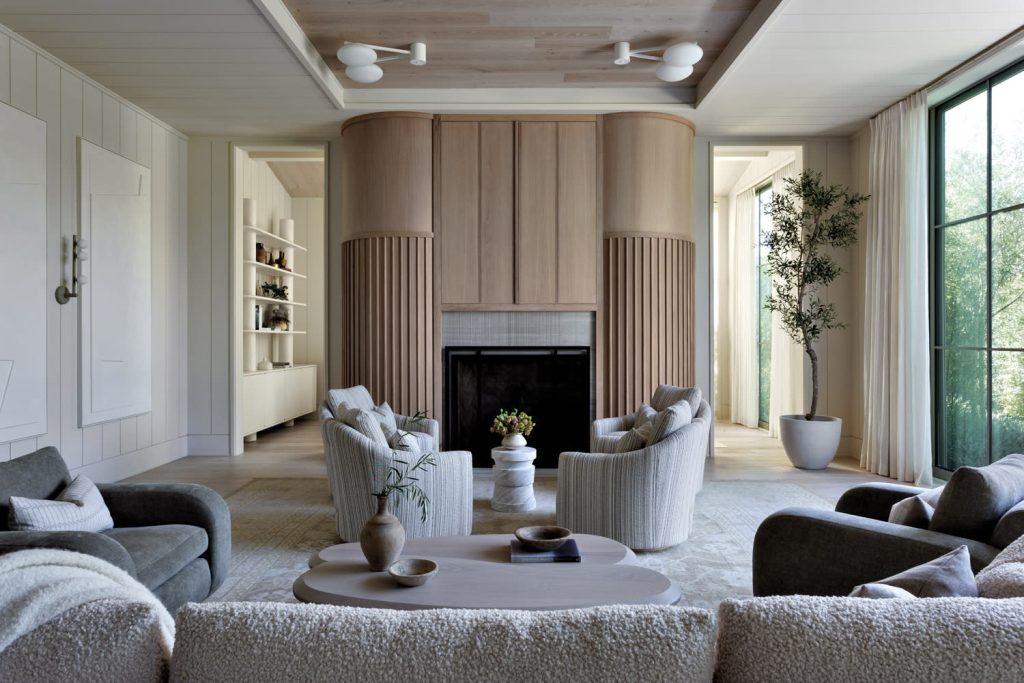
The true luxury in today’s homes isn’t excess—it’s intelligent design that serves multiple purposes while maintaining visual harmony.. This philosophy perfectly encapsulates why multifunctional curtains have become essential in contemporary living spaces. They embody the minimalist principle that each element should earn its place through both beauty and utility.
The Technological Fabric of Modern Living
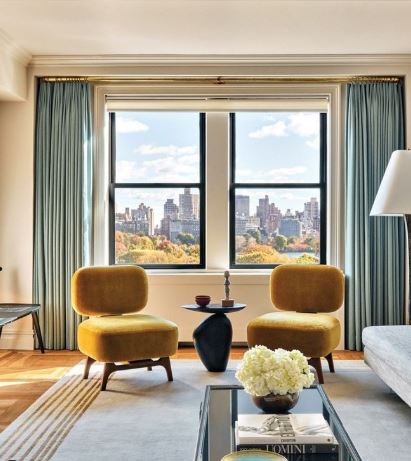
The revolution in curtain design begins with innovative fabrics that perform multiple functions simultaneously. Today’s high-performance textiles can regulate temperature, block harmful UV rays, filter light, reduce noise pollution, and even improve indoor air quality—all while draping beautifully.
Thermal curtains with reflective backing can reduce energy costs by up to 25% according to energy efficiency studies, making them as economical as they are ecological. Meanwhile, acoustically engineered fabrics can reduce external noise by up to 40%, creating serene sanctuaries within urban environments.
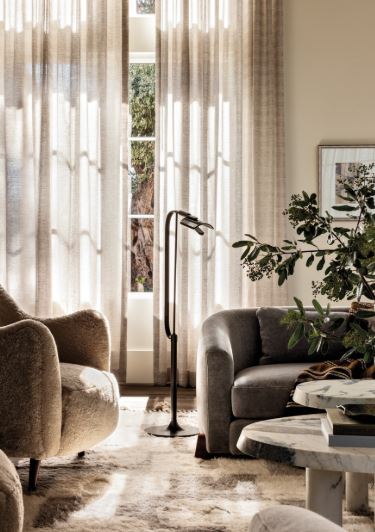
The integration of smart home technology represents the next frontier in curtain evolution. Programmable systems allow curtains to respond to changing light conditions, temperature fluctuations, or even voice commands. Imagine curtains that automatically adjust throughout the day—filtering harsh midday sun, then opening to capture golden hour light, before closing for evening privacy—all without manual intervention.
The Spatial Dimensions of Drapery
Perhaps the most revolutionary aspect of modern curtains is their ability to transform spatial perception and functionality. In open-concept homes, ceiling-mounted tracks allow curtains to become flexible room dividers, creating temporary private zones within larger spaces. This adaptability addresses one of minimalism’s greatest challenges: maintaining both openness and intimate functionality.

“We’re seeing clients use curtains as architectural elements that can be reconfigured throughout the day,” notes architect David Park. “The same space serves as an expansive entertainment area in the evening, then transforms into a semi-private work environment during the day, all through the choreographed movement of well-designed curtains.”
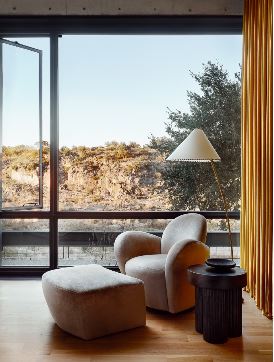
The height at which curtains are mounted has similarly evolved. The modern approach favors ceiling-to-floor installations that draw the eye upward, creating the illusion of higher ceilings and more generous proportions—a valuable design technique in compact urban dwellings.
The Aesthetic Language of Simplicity
While functionality drives the modern curtain revolution, aesthetics remain paramount. Today’s designs speak the language of understated elegance, with clean lines and thoughtful materiality taking precedence over ornate patterns or heavy embellishments.
Natural materials like linen, bamboo, and organic cotton dominate the landscape, connecting interior spaces with the natural world. The color palette tends toward subtle neutrals—soft whites, sand tones, muted grays—that reflect light beautifully while creating versatile backgrounds for changing decor elements.
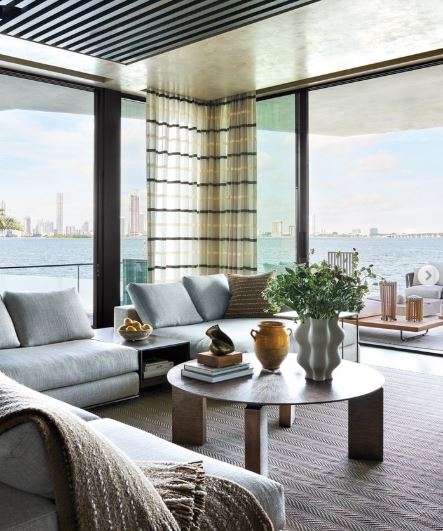
Layering has emerged as a sophisticated approach to both functionality and aesthetics. Combining sheer privacy curtains with heavier light-blocking panels allows for customizable control while creating visual depth. This technique represents minimalism at its most refined—achieving multiple functions through thoughtful composition rather than additional elements.
Living Lighter Through Conscious Design
The appeal of multifunctional curtains extends beyond practicality into the realm of conscious living. As sustainability becomes increasingly central to design decisions, textiles that reduce energy consumption while lasting for years represent a meaningful investment in both home and planet.
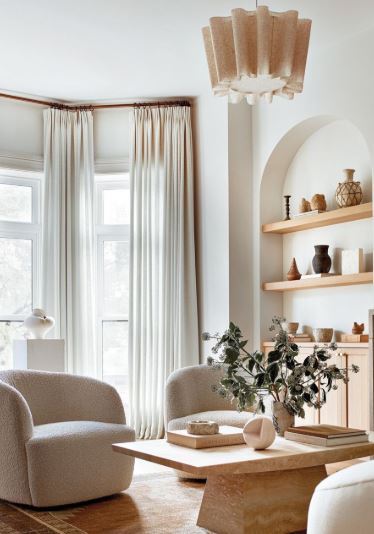
Many leading curtain manufacturers now offer fabrics made from recycled materials or produced through low-impact processes. Some pioneering textiles even incorporate air-purifying technologies that actively improve indoor environmental quality—a particularly valuable feature in urban settings.
The Personal Canvas
Despite their functional sophistication, modern curtains remain deeply personal expressions. Their presence in our most intimate spaces—moving with the breeze, filtering the light that illuminates our daily lives—connects them to our sensory experience of home in ways few other elements can match.
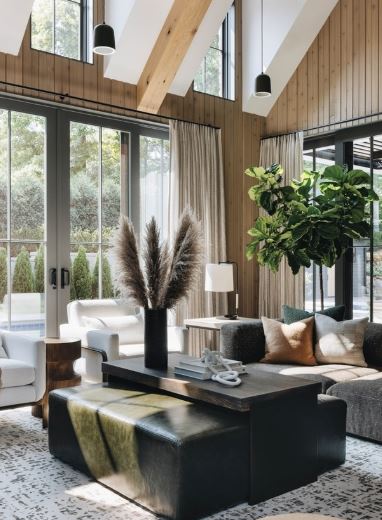
“When chosen thoughtfully, curtains become the breath of a room,” says textile designer Akiko Yamamoto. “They respond to movement, air, and light—bringing a living quality to spaces that might otherwise feel static.”
In this capacity to combine cutting-edge functionality with sensory richness, multifunctional curtains perfectly embody the evolution of modern living—thoughtful, adaptable, and attuned to both environmental and human needs. They remind us that true minimalism isn’t about having less, but about making what we choose to include work more beautifully and intelligently for our lives.
